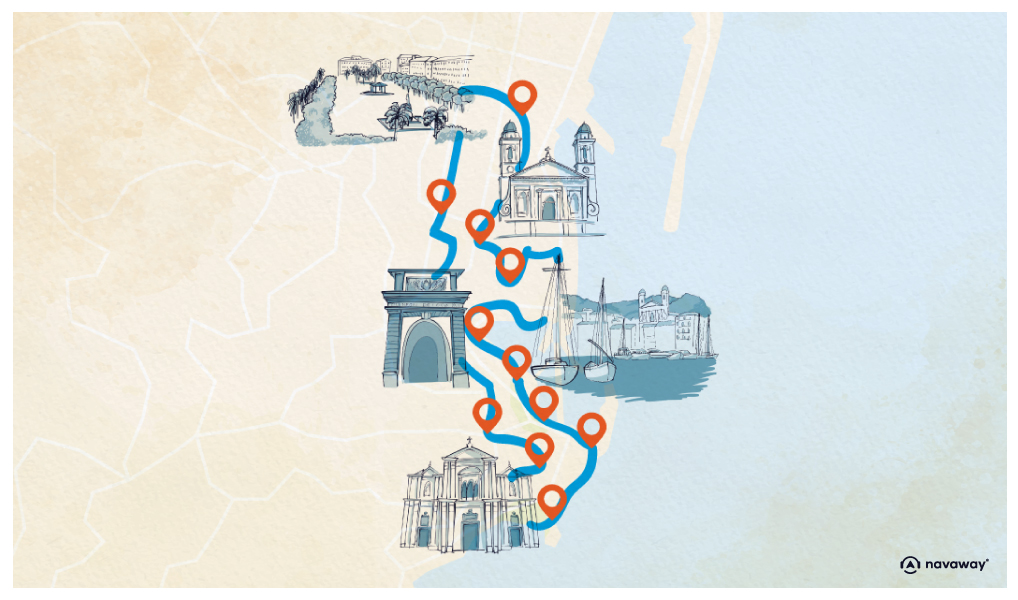
The Citadel
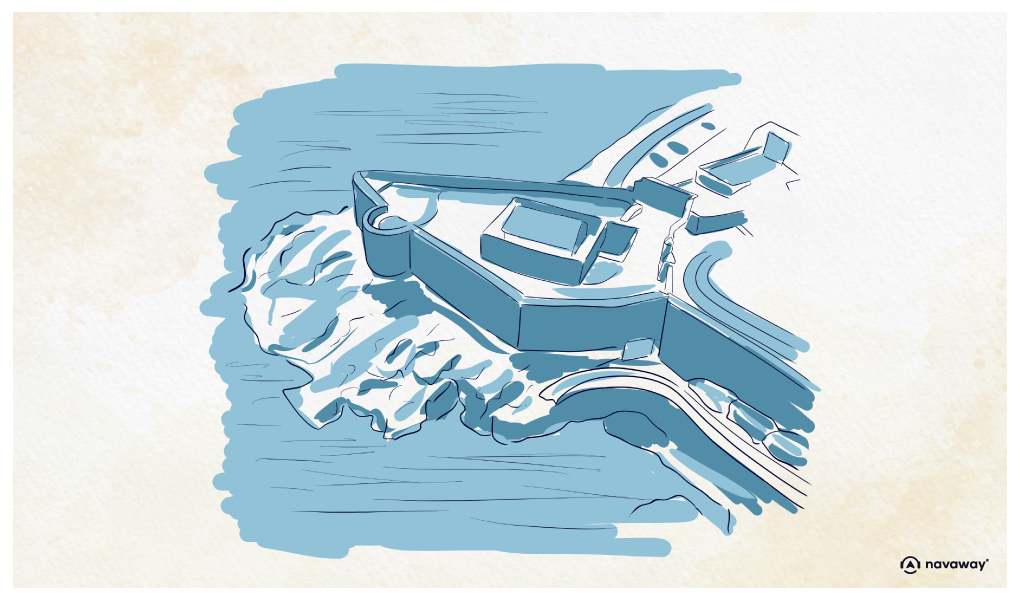
This point of interest is available as audio on the tour: Visit Bastia, The Pearl of the Island of Beauty
While you’re walking along the Aldilonda, take a moment to look up. Rising above you is the Citadel, one of the most historic and emblematic parts of Bastia.
Made up of narrow, winding streets, colourful façades, and several of the city’s key landmarks, this area is also known as Terra Nova, or the “upper town,” in contrast to Terra Vecchia, the “lower town,” which covers the Old Port and the city centre.
To understand Bastia’s origins, we need to go back to its roots. In the 11th century, fishermen settled around the cove that’s now the Old Port.
They built huts along the shore and traded wine with the Pisans. Their boats stayed by the water, while they lived further up in the village of Cardo.
In the 13th century, the Republic of Genoa began conquering Corsica, arriving in Bastia in the 14th century. The island’s capital back then was Biguglia, a few kilometres south. But it wasn’t ideal for trade, so the Genoese chose this rocky outcrop, overlooking two natural harbours, to build a fortress.
Soon after, the governors of the island settled here and began building their palace. In 1475, houses started to spring up around the unfinished building, and the Terra Nova district was born. The new settlement was called Bastiglia, meaning fortress, a name that would later become Bastia. The governors moved into their new palace in 1530, officially making Bastia the island’s capital. The Genoese would rule Corsica for over four centuries, explaining the strong Italian influence still visible in the architecture, the city’s layout, and even its atmosphere. But tensions with the local Corsican population ran deep.
The Genoese didn’t give them any rights or recognition, and resentment continued to grow. Revolts erupted in 1729, and Bastia was ransacked by insurgents. By 1735, a provisional Corsican government formed to oppose Genoese rule. The Genoese turned to France for help in response. French troops landed in 1738 and suppressed the uprisings, restoring Genoese control, but only temporarily.
In 1755, Pascal Paoli, Corsica’s most celebrated historical figure, was elected general-in-chief. He led the island towards independence, founding a national currency, a navy, a university, and a capital in Corte. He even established Europe’s first modern constitution. Though admired across the continent, Paoli struggled to gain full international recognition and was criticised at home for challenging some Corsican traditions.
In 1768, as part of a deal to settle debts, Genoa handed temporary control of Corsica to France, but France never returned it. From then on, Corsica became part of France. A brief exception came between 1794 and 1796, when the British tried to establish an Anglo-Corsican Kingdom. But in 1796, Napoleon Bonaparte expelled them, restoring French control for good.
Under Louis XVI, the Citadel was rebuilt to restore its grandeur, much of which you can still admire today. In 1811, Napoleon I transferred the island’s prefecture to Ajaccio, and Bastia lost its status as capital. Today, this timeless quarter overlooking the sea has preserved its quiet charm and historic character.
With shuttered windows, pastel walls, and cobbled streets, it offers a glimpse into the life of Bastia’s 18th-century bourgeoisie, and remains one of the city’s most captivating areas to explore on foot.

Discover other tours to visit Bastia
-
Visit Bastia
Governors’ Palace
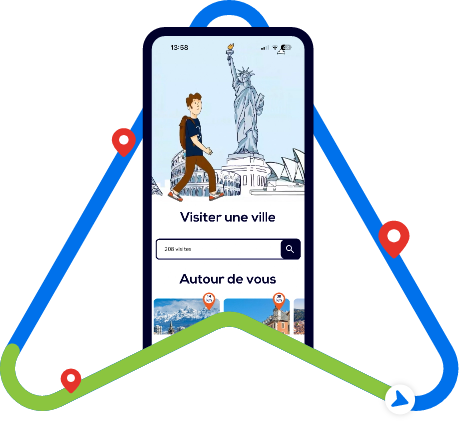
Discover Bastia with app
An interactive guide through the most beautiful streets, squares, and districts
21 fun audioguides full of historical facts, anecdotes, and legends
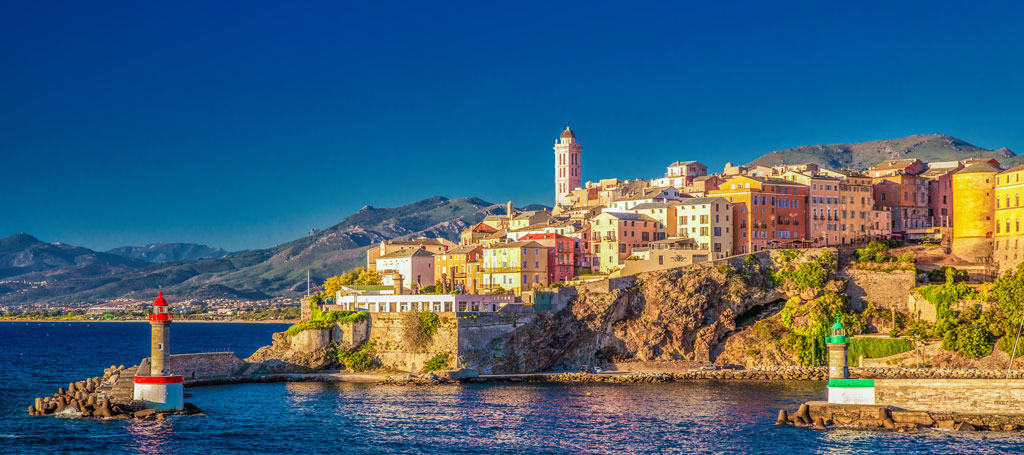
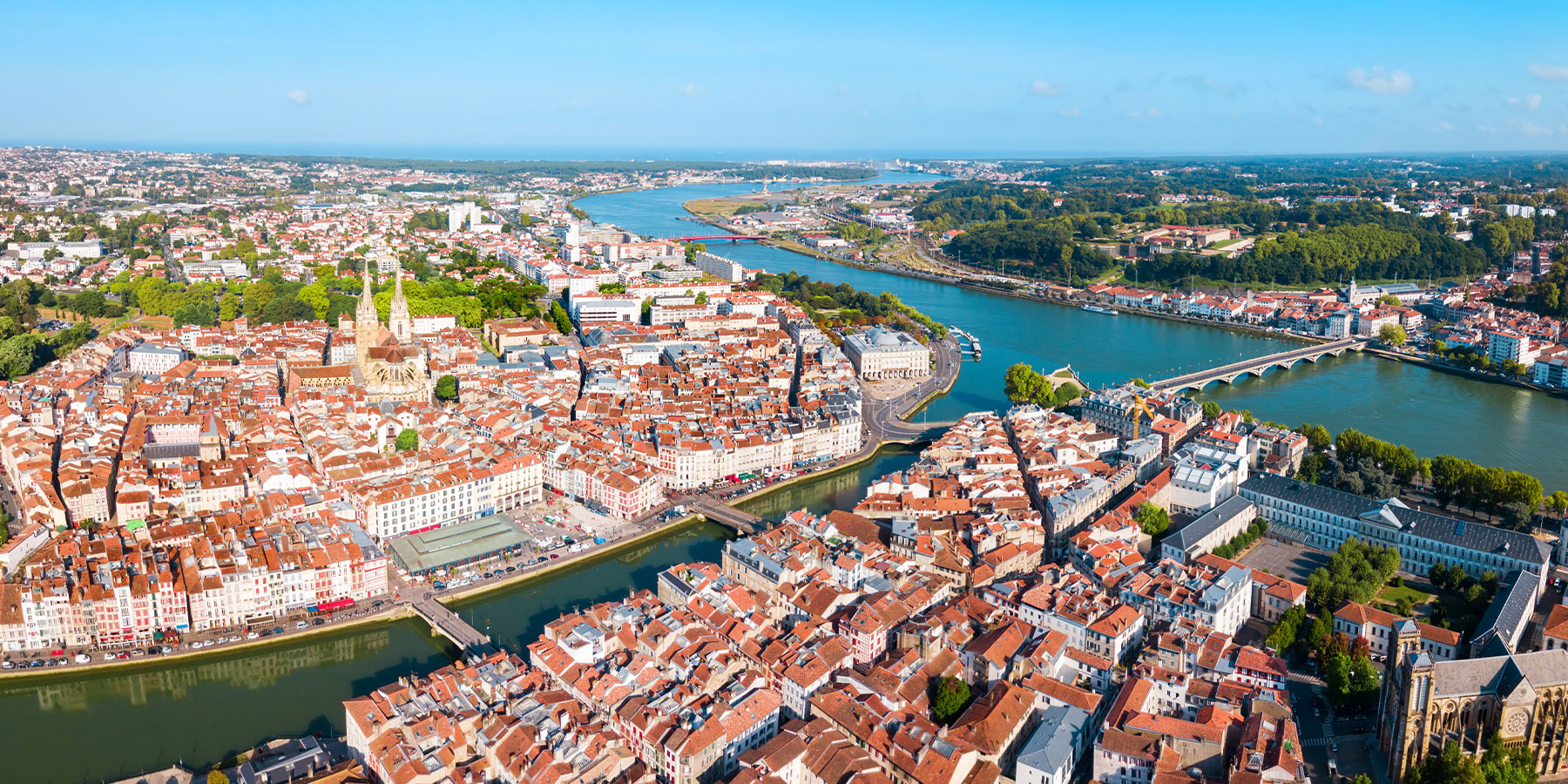
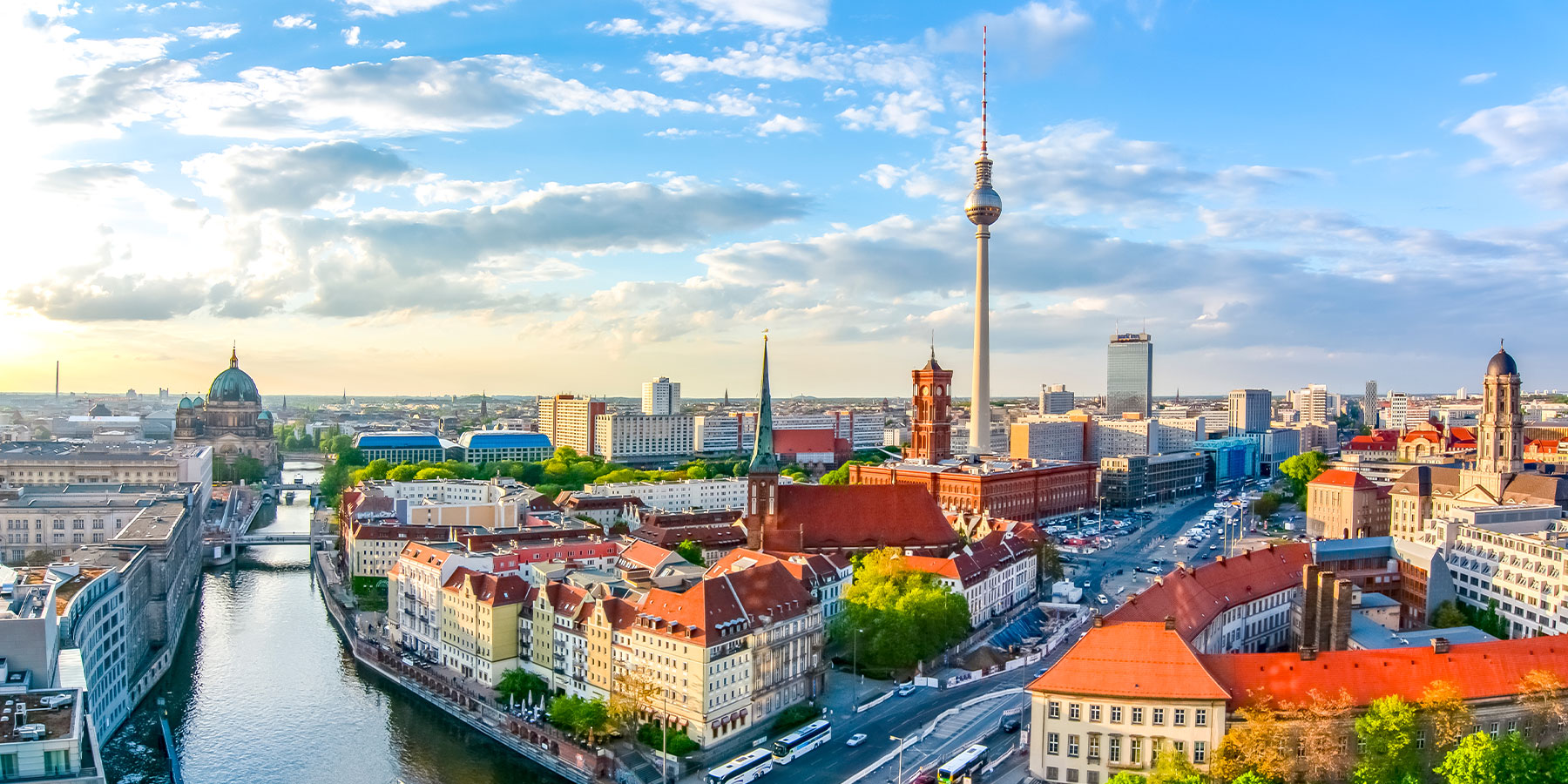

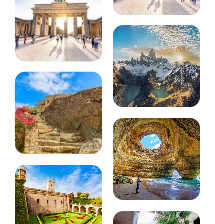

Comments